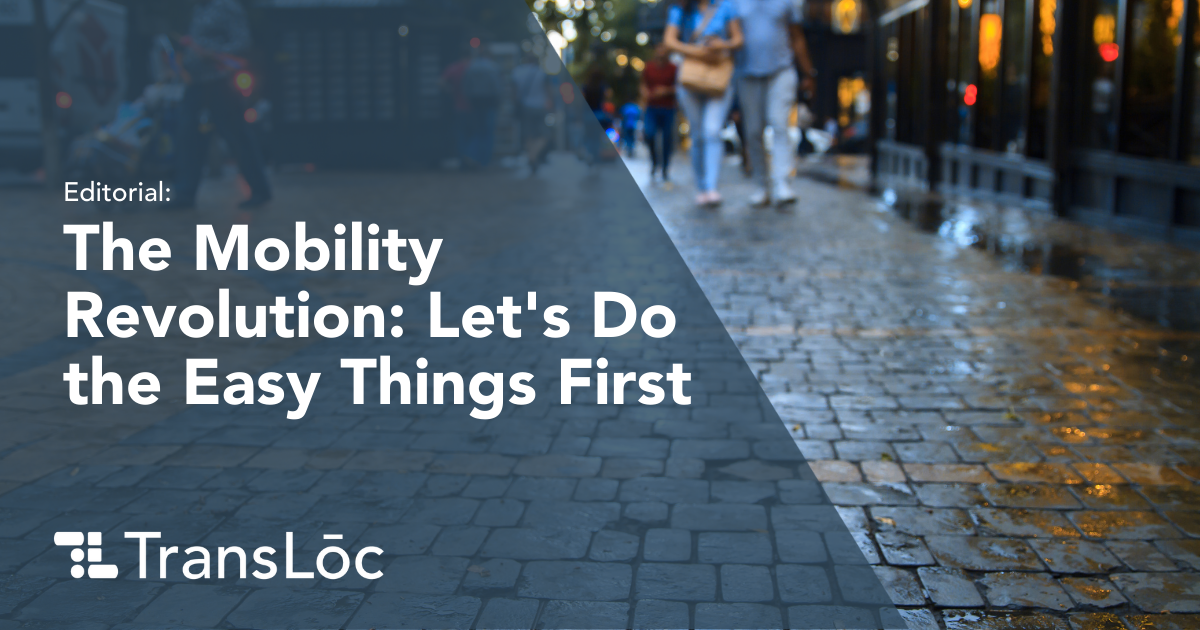
Shortly after the major news outlets made it official and named Joe Biden the winner of the 2020 U.S. presidential election, his campaign manager Jen O’Malley Dillon shared a maxim that is uttered on a regular basis in our household, especially over the past 18 months of the pandemic:
“We can do hard things.”
I originally learned of the phrase from author Glennon Doyle in her book “Untamed.” In it, the phrase is a rallying cry for the need to stand strong in the face of fear and do the things in our life that we know we need to do.
As a parent, I have uttered the phrase to my kids to get them over the hump on that math homework that is stymieing them or to encourage them on the home stretch of that summer run to prepare for fall cross country. It’s an important lesson to share. We are more powerful than we think we are and we can do hard things. And sometimes we need that little extra support to make it to the finish line.
And yet, there is something to be said for easy things too. “Work smart, not hard” is an equally used phrase with our children that encourages them to spend a few minutes trying to find the best way to accomplish the most with the least strain. Before I start encouraging my kids to persevere through the hard challenges, my first goal is getting them to minimize unnecessary difficult challenges first.
Obviously, some challenges like getting cut from the school soccer team or not winning a coveted honor are growth opportunities that most everyone could learn from. Other challenges, however, are simply time wasters that we have to muddle through as best we can. (I’m looking at you, school registration form that inexplicably has to be handwritten and turned in as a hard copy!)
The same is true with mobility. Yes, we can do hard things like build a new subway or light rail line which, depending on the location, can cost billions of dollars and decades of time. But shouldn’t we first focus on the easy things?
Instead of billions of dollars on burying or elevating high-capacity transit, we could allocate some of our current roadways to buses and carbon-efficient modes like bikes and scooters. With signal priority and more frequent service, buses could transform from “underappreciated workhorses” to modern-day chariots to reduce inequality, increase economic mobility, and transform communities.
Instead of looking to the skies to solve our mobility problems and dealing with traffic in yet one more dimension — one with the added complication of gravity — we could use the earth right below our feet to build and maintain ADA-compatible sidewalks, ramps, and transit facilities so that everyone can move in a healthy, cost-effective, and carbon-friendly way.
And instead of building more highways, a process that can cost tens of millions of dollars per mile, we could eliminate some of the overbuilt highways that have obliterated communities of color, like Hayti in Durham, North East in Roanoke, and Treme in New Orleans, among many, many others?
As former Seattle mayor (and The Movement Podcast guest) Mike McGinn alludes to, we should have smart cities, but first we should have dumb ones. Investing in simple things like walking, streets, public squares, and mixed-use buildings are all ways that we can make our communities better in straightforward and relatively inexpensive ways.
Yes, we can do hard things, but let’s do the easy things first.